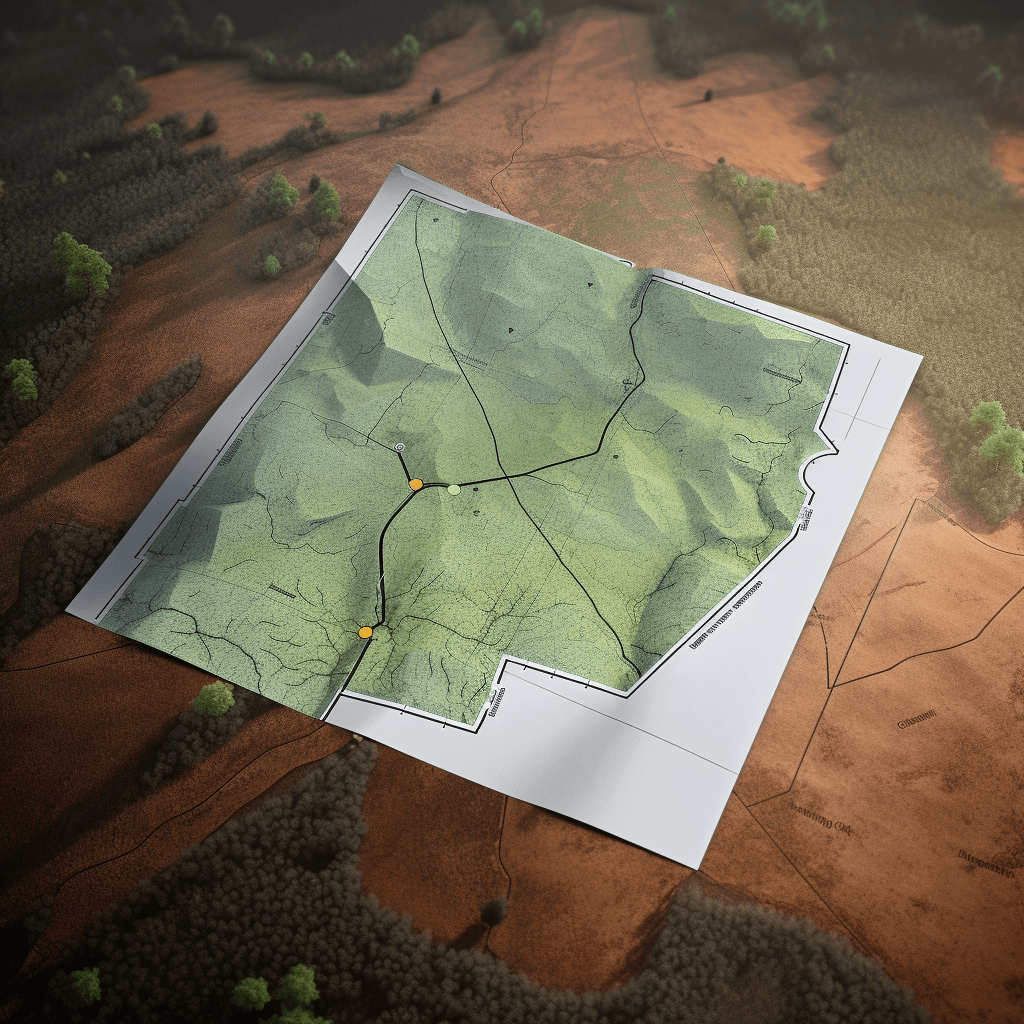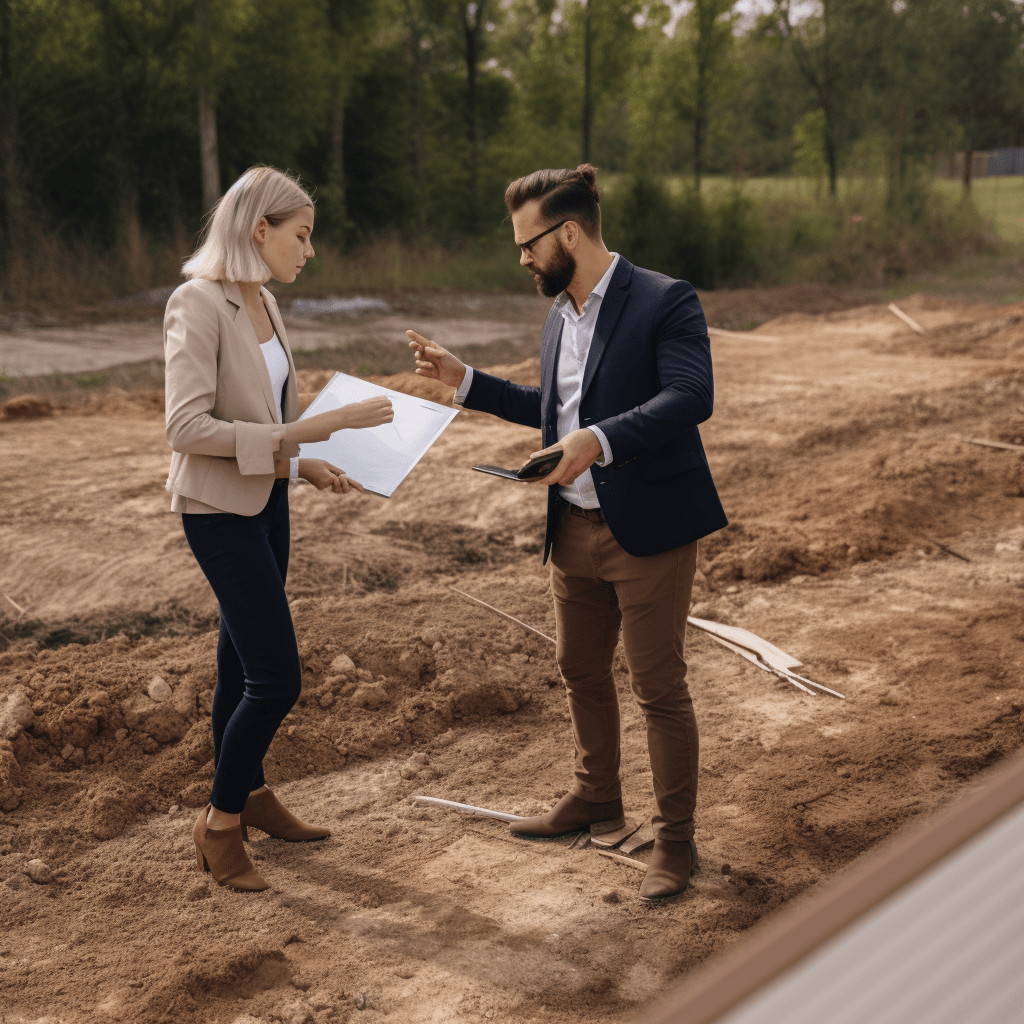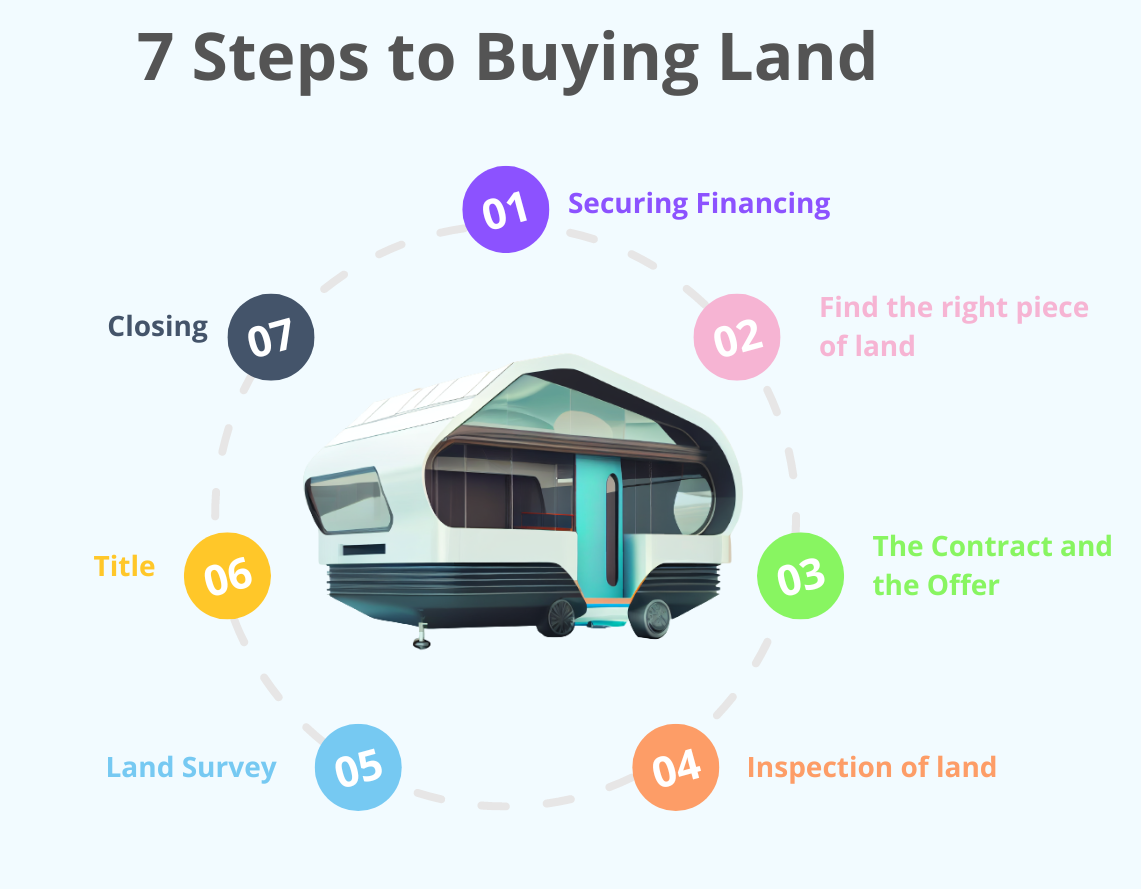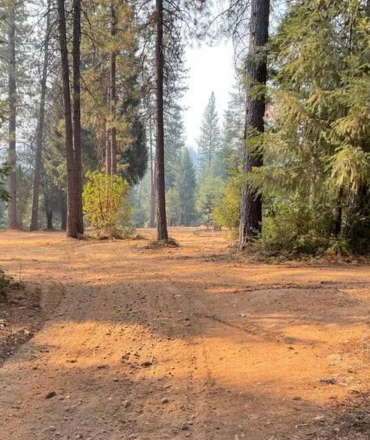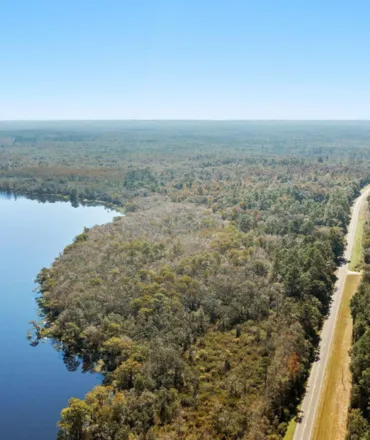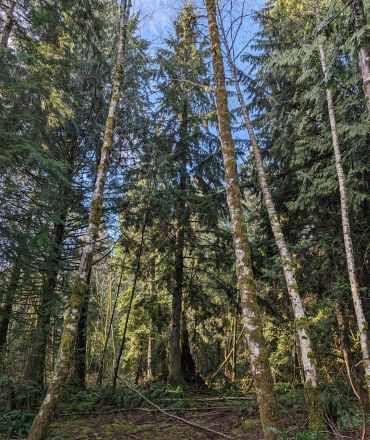Interested in purchasing affordable land for your tiny home?
Don’t overpay for land. It will ruin your finances – join oTinyHouse land buying club and save 10x on your land purchase 🙂
This article will help you learn more about buying land for your mobile home, trailer or tiny house. A raw parcel of land, such as a farm or ranch, is a great way to locate a place for your tiny home. We will give you some tips to help you navigate the buying process.
Tiny house owners are often unable to purchase land without taking on some type of partner. Combining assets and dividing the costs can make land ownership affordable. OTH community is focused on buying large plots of lands to achieve significant cost reduction of the cost.
Deciding exactly what you want is probably the most time-consuming step of the process. If you really want to do this, you will need a pen, a pad, and some internal thinking.
DETERMINING THE LOCATION
Are you looking for something close to a particular destination? It is important to think well about what you are looking for and what are you trying to achieve by purchasing a piece of land.
The further away the property is the more time it will take you to build on that land. The closer you are to the city the more expensive the lot will be – so be flexible change the search terms while you are still in the research phase. It’s okay to modify what you are looking for while you’re there on-site seeing it firsthand.
WHAT IS YOUR ULTIMATE GOAL?
Before you start searching, it is important to understand what you are looking for.
The land you want to purchase for farming or homesteading is very different from the land you want to buy to start a small business or park your tiny house, trailer or a van. It is important to be open with yourself.
Get your finances in order – prepare your money before you begin. Your money should be ready and available to you as you go along your property serach journey. You never know when things will change or move faster than you realize, so be ready.
It’s a common scenario where people believe they are about to purchase a piece land. They are happy and ready to move. They believe things are moving along, but another buyer made a deposit or down payment. Don’t let this happen to you!
PRICE
Don’t overpay for land. It will ruin your finances. The cost of purchasing the land is just the beginning of your build process. What if you don’t have enough money to build the house? It will usually cost you twice as much to use this land.
Make sure you have enough money. Don’t let yourself get in trouble by starting an impossible project – take the land you are about to purchase seriously.
Although this is not financial advice, please be realistic – don’t waste your money. If you have more time, you can save some money. But please don’t spend your money on buying land or starting to develop infrastructure without doing all the research.
RESEARCH
Begin your tiny house land search online. The best thing about buying land in 2023? There are many agents. It doesn’t matter how far away the land may be. It could even be in a different country – you can find a real estate agent anywhere in around the world.
Most land for sale will be listed online, so I encourage you to spend lots of time searching online for land. It’s easy and free. You can look at five to ten listings each week.
This is where you begin to learn about the market. You don’t need to know everything – but a good market research will show you the true and real value of the property you are looking for. Spending enough time to browse through listings will make you informed land buyer.
After you’ve gone through the process of looking at different parcels and you have seen them in person. We want you to take a deeper look at just a few pieces of land, particularly those that you might be interested in making an offer.
- Is the land inundated over the past 20 years?
- Is there an easement on this parcel of land?
- Is this land only responsible for paying taxes to the previous owner, or will the new owner have to pay them?
Understanding that you are an individual who chooses to be part of a community by purchasing a piece of land, is a key aspect of researching these pieces. You enter that community with the same rights as all other landowners. However, it is important to fully understand the situation you are entering. I want you to take a slow, steady drive down the main street of each of these areas of land you are doing your deep dive. This will give you a feel for the place.
You can get a feel for the people by looking at the place you are choosing to live in.
- Are the people there in line with your moral values?
- Are they aligned with your worldview and the way you live?
This is your life. It’s a big decision. You should feel at ease. Walked down Main Street, talk to people, wave hello. Go to the local bar and have a beer.
Keep searching for the land you love and if you don’t find it – don’t buy.
AGENTS
Communicate more often with those real estate agents that you found. Undoubtedly communicating with real estate agents feels weird. Feels like they are about to commit a fraud. In 2023 people use messengers, email but instead real estate agents call you from a landline and ask strange questions, things you’ve never thought of. Overall they are great helpers and also they can help you learn a lot more than you would on your own. Ask the agents via phone or email any questions you don’t know the answers to or ask you questions you don’t understand. If you are asked any questions you don’t have the answer for, write them down. Talk to multiple agents. They will make you feel like you are the only one they are talking to, but agents talk to other people all the time. The fourth step is to extend your virtual search into real life. These agents have been your dating partner for a while. You guys have been texting each other. Things are moving along, so get ready to go. You should visit at least 10 parcels of land in person and you should have viewed at least 30-50 of them online.
It’s going to be more difficult getting out there to see them in person. Please do. It’s important to see as much of the land as possible. You’ll notice things while you’re there.
- You thought you wanted land on top of a mountain but is your car capable of getting up there?
- How are you going to get the building materials to get up there?
Many of lots will be wild – hard to access, and the grass will be tall. You will probably need to keep rain boots in your car, and take them with you when you need to view a piece land. You will need more land than you think. This will allow you to get a better idea of the market. Also, it will help you work with your agent. This person will most likely be more knowledgeable than you about the art of purchasing land. Listen to what they have to say and take their suggestions into consideration. Ask them lots of questions. You feel like you are sitting down with a good agent. They possess a teacher’s heart and a consulting mentality.
They aren’t telling you what to do, but they will ask you questions and inform you about other options. There are many agents out there who want your hard-earned money. Give it to someone who has worked hard for it. When you speak with few of them you will soon be able to recognize a great agent.
MAKING AN OFFER
Make a direct offer you feel comfortable with. Don’t make it too extravagant, even if you were told by the agent that someone else was looking at it. The seller claims that an offer is being made by someone else. Okay, let the seller make an offer. However, please do not nickel-and-dime yourself.
You’ll also want to pull the trigger quickly. In a hot market, it’s important to be informed and have the money to act immediately. As you are going though the research you will see how many of the good listings you found online have been sold. As you can see, things are moving fast. These offers are not for everyone.
Until you purchased the land, you aren’t married to it. It’s okay if the deal does not work out for any reason. Why? Because you are confident in your choices and feel like you have done the work enough to be able find another piece of land that will work for you.
The process of purchasing land explained
#1 Securing Financing
If you are willing to pay cash, you can skip to step 2. Otherwise, it is a good idea for you to obtain financing before you start your search.
Secure financing before you even find the perfect spot!
The land market is hotter than ever right now. Since the mid-90’s, COVID has been a catalyst for it to get hotter. Many tracts sell quickly and some in days. This environment can make it difficult to obtain financing once you have negotiated a contract. Although some markets are more hot than others, I have personally witnessed buyers become frustrated when they can’t get financing fast enough to secure their dream property. It’s something we have witnessed many times…
Texas Real Estate Commission’s, promulgated contract (the one your agent will use), will give buyers some time to arrange financing, but other offers might be more serious if they have already been arranged.
How to get a loan for rural land?
A member of the Farm Credit System is likely to be the best lender for buying undeveloped or raw land. The congress established it in 1916 to provide liquidity for the agricultural land market in much the same way that Freddy Mac and Fannie Mae serve the residential loan market. Farm Credit is now a national network of 71 customer-owned financial institutions, eleven of which are located in Texas.
Texas Farm Credit Institutions
If you’re looking to purchase more than 10 acres of land, a member of the farm credit program is the best option. They are experts in agricultural financing and raw land so they know the nuances of buying a ranch or farm. They’ll also have access to a variety of resources who are experienced in ranch and farm transactions. A local bank near your property can also provide financing quotes. These banks are well-versed in the local area and can lend against land close by. They may also be able to establish relationships with local appraisers and surveyors. For rural or raw land purchases, big banks like Chase Bank and Wells Fargo are rarely a good choice. This is because they don’t have a system in place to handle this type of transaction.
#2 Find the right piece of land
This is where the fun begins! You have probably already started your search for the perfect property. There are many websites that you can visit to browse listings and each one has unique search capabilities.
A realtor or real estate agent can make your life easier while you search for your home. Unless you have purchased multiple tracts, are familiar with local pricing and have access to a Multiple Listing Service(MLS), there is no reason to contact a listing agent directly.
The seller’s agent are motivated to sell you a property they have listed and may not find you the best one for you.
The commission is usually paid by the SELLER in most real estate transactions. It typically ranges between 5-6% for most properties. This commission is paid to the agent who listed the property. The commission splits between the buyer’s agent or the listing agent if a buyer is represented at the table. This is how the buyer’s agent is incentivised to help you find the perfect place.
An experienced land agent who is knowledgeable in rural land transactions will save you time and not cost you anything.
The best land listing websites for Texas farms and ranches
LandsofTexas has thousands of listings for rural Texas land. Although they have a map feature, not all listings can be searched via the map.
HAR.com – Houston Association of Realtors (HAR), but has thousands of listings statewide, and the most powerful map-based search application that I\’ve ever seen. If you are looking for Texas, I always start at this site.
Zillow – Also, has a large network land listings.
#3 The Contract and the Offer
There’s a lot of information to be covered here, so I’ll keep it simple for you.
The market landscape can change based on time, location, and even the size of individual tracts within a region. Your buyer’s agent will be able to help you understand these details. Let’s look at a few things to be aware of.
Although markets are different, offers can be very competitive. I prefer to see offers that start at 10% below the asking price. Hot markets can lead to multiple offers for a property and sometimes result in asking prices that are much higher than the asking price.
Other properties might have access problems or a problem that is not desirable. These properties can sit on the market for months, often leading to sellers being willing to negotiate lower prices. It will take you and your buyer’s agent time to determine what price is right.
Let’s now talk about the contract, and how it can affect your offer.
Texas licensed real estate agents are required to use a Texas Real Estate Commission (TREC) promulgated contract when negotiating rural land deals. TREC contracts are used in many land transactions and have been used in millions of them. They cover just about any type of real estate transaction. These are key points and things to consider when you submit your offer.
This is an excerpt of a contract that TREC promulgates for Farm & Ranch Transactions – you can download the most up to date copy of the contract from the Texas government site here.
Key points to a real estate agreement and how they affect land deals.
Financing
Pre-approval is a smart move if you are ready to purchase. This will make it more attractive. Sellers will usually prefer a cash offer if there are several offers. This is because they can get a comparable purchase price. A pre-approved letter sent with your offer, even if it isn’t a cash offer, will be more persuasive than one from someone who hasn’t yet gone through the process.
Minerals
All mineral rights, unless otherwise agreed to in a TREC agreement, are automatically transferred from the seller to buyer. The Texas mineral estate is the dominant estate. It can be permanently separated from the surface estate, but it remains unaffected. Without surface waivers, mineral owners have the right to access the surface estate for their property. This subject is complex and you should consult an attorney who is experienced in mineral rights.
Pricing and options
You will have time to inspect the property and cancel the contract without losing your option money. The stronger the offer, the shorter it is or the more you pay for it. Although it is rare, some contracts include no option period. Unless there are many potential issues, I see options periods ranging from 10-30 days to most contracts. However, 10 days is more common.
Survey
Below I will go into more detail about survey, but as it relates directly to the offer, the most important thing is to determine who will pay for a poll if there isn\’t one. This has been paid either by sellers or buyers.
Closing costs
Closing costs include fees paid to your lender in order to obtain the loan. They can also include the cost for the title policy. If everyone is willing to pay, these costs, which typically amount to 3-5% of the loan, can be covered by seller. It\’s often a bargaining chip in the negotiation process. Buyers may agree to pay more in return for closing costs being paid. This reduces the buyer\’s out-of-pocket expenses.
Closing Date
The date is dependent on many factors such as the time required to obtain an appraisal and survey, the turn around time for a title agreement, and the time taken by your lender to complete the underwriting process. Sellers want to close quickly so that they can get on with their money. The most preferred offer is one with the fastest turnaround time and the earliest closing date. The closing dates typically range between 30-60 days after the contract\’s date.
.
#4 Inspection of land
Once you have reached an agreement with the seller and executed your contract, you will likely be within the option period. This is a time to evaluate the property thoroughly and make sure it meets your needs.
Credentials for Rural Surveyors
There are licensed and not licensed land inspectors. Register Professional Land Surveyors (RPLS) are required for surveyors of rural or undeveloped land. This accreditation is difficult and only a limited number of them are available. In high-volume markets and times of high transaction volumes, credible surveyors may be available for several weeks. Recently, I was told by surveyors that they were available for closings up to 60 days after the market closed.
Raw land will need to be inspected by you, your real estate agent, or sometimes a qualified consultant, during your option period to ensure that it meets your requirements.
The buyers real estate agents should be able pull data from soils, flood plains, and vegetative production. They can also connect buyers with local wildlife biologists, agricultural experts, or other specialists to answer any questions. To determine if there are major issues, the agent should be able to walk the property and ride it with the buyer.
This is a screenshot taken from the NRCS Websoil Survey. It’s completely free to view all the information available about a location.
You have a lot of resources available that you can use to learn more about your property. First, I recommend that you read the article 10 Things You Should Know Before Buying Property. These are free resources that I recommend.
Land Buying Resources
Texas Railroad Commission GIS Site: Quickly locate any oil wells or pipelines on your property
Web Soil Survey – Find out about the soils, vegetative productivity, and limiting factors for building, ponds, roads, and buildings on your property.
FEMA Flood Maps: This online mapping application allows you to zoom in on your property and view flood plains.
Texas Water Well Website – Find out more information about the water wells located on your property. For more information on Texas water wells, please visit our article Water Wells in Texas.
#5 Rural Land Surveys
This is an essential part of any transaction involving raw land. The survey will determine exactly what you are buying.
Surveys of rural land are done differently to surveys for residential homes. Boundaries for homes in subdivisions are drawn in a lot-and-block system, while raw land boundaries are drawn in metes and bounds. Metes and Bounds use bearings starting at a point and measuring the circumference of the property to determine the legal description. An entire lot and block system have been surveyed and divided into multiple parcels. Each parcel has a lot number and blocks that they are located within.
This sample survey shows lot and block (Number Lots), and Metes & Bounds property measured.
While it is nice to see a survey on the property you are considering, it\’s not common unless it\’s part a group of properties which have been subdivided recently. No matter if you\’re financing the property, I recommend getting a survey.
You cannot schedule the closing date if you finance the transaction until the lender has reviewed the survey. This is logical, as the survey will ultimately define what you\’re paying for. Your title commitment without an updated survey will not be valid.
# 6 Title
This is step 6 in the land purchasing process. However, the title commitment should be made early in the process. It\’s common to send the contract directly to a title company immediately after it has been executed. This is to receive a commitment to title. It can take between 2 and 3 weeks depending on many factors. It\’s often completed as the last thing you receive before closing.
Rural land should be handled by a title company in the same county. They are familiar with the county records system and can help you navigate it.
What is a Title Commitment?
A Title Commitment, also known as a commitment to title insurance, simply specifies the terms and conditions under which a final title policy will become effective. Title insurance provides protection to buyers and lenders against a set of defects or errors in a property\’s title.
It\’s primary purpose is to ensure that the people who are purchasing the property actually own it. It protects against tax liens, and is not used as collateral to secure loans. It also insures against a variety of other items, but each policy is unique.
#7 Closing
Finally, you are there. Your lender will now have reviewed all the boxes you discussed in step 1. Your lender will have checked all boxes in step 1.
The only thing left to do is to close. You and the seller will then sign title, financing agreements and title commitments. There are probably about 50 other documents.
I hope you found this article helpful. We are happy to answer any questions you may have or to help you understand how we function as a buyer group. Please email us at info@otinyhouse.com.

